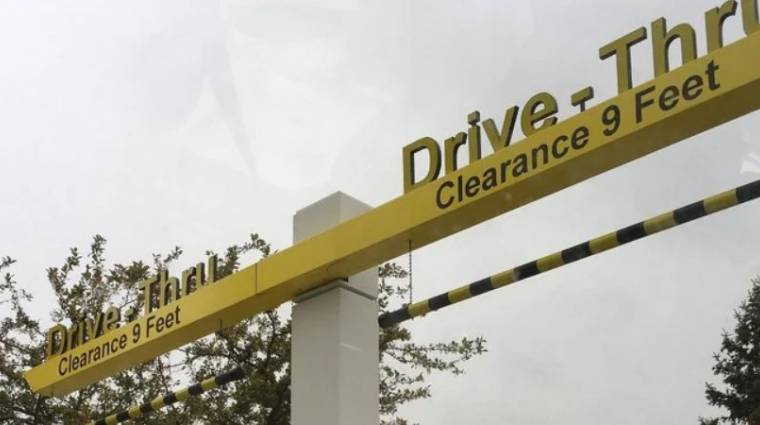By leveraging IBM’s technical expertise, McDonald’s hopes to accelerate its efforts to deliver a “more convenient and unique” customer experience.
IBM acquires McDonald’s McDonald’s Labs, set up by the fast-food chain after acquiring a chat technology company called Apprente in 2019, in order to “promote innovation for employees and customers,” McDonald’s announced.
The deal is part of a larger agreement with IBM to develop and implement McDonald’s automated ordering technology (AOT). IBM will help expand AOT’s reach into McDonald’s markets and implement additional innovations in language, dialect and menu.
The sale of McDonald’s Labs reflects the changing chain approach to technology management (outsourcing rather than outsourcing), Chris Kempczynski, president and CEO, said in McDonald’s third-quarter earnings report this year.
McDonald’s is pleased with the development and performance of Abrent’s team, but Kempczynski added that “there is still a lot of work to be done” before the technology extends to 14,000 US restaurants, and that language and menu changes need further refinement. “If you like it, this work is beyond our core competencies. That’s why I think IBM is a natural partner for us in this case,” explained the company’s CEO.
However, McDonald’s has made progress in introducing APRINT technology into its stores. In June, the company announced that it would be using voice-order technology on a trial basis at 10 auto restaurants in Chicago. In units, where requests are collected using computers where possible, 85 percent accuracy was tried, and only 20 percent of requests required employee intervention. Then Kempzinski said that by 2026, the voice-based technology will be expanded to all McDonald’s redemption units. However, in the future, it will be decided on a case-by-case basis whether technology will be developed and led within the company or through a partnership.
“There are certain times when we may want to purchase technology to speed up development and make sure it is tailored to McDonald’s needs. But at some point, that technology will reach a level of development where I think it makes sense to have the partner who can then perform and expand globally,” CEO indicated. Thus outsourcing can be the primary technical strategy for a chain store.
By leveraging IBM’s technical expertise, McDonald’s hopes to accelerate its efforts to deliver a “more convenient and unique” customer experience, the company said in a press release. The partnership could launch personalized innovations that could boost McDonald’s loyalty program, which was launched in the United States in July.
Kempzinski said the program has increased the frequency of meals, and the company is on track to make 40 percent of customers aware of it. Currently, known customers – from whom McDonald’s can collect data to see who they are, what they buy and what their purchase history is – make up only about 5 percent of McDonald’s customer base. The restaurant chain hopes to introduce its loyalty program in six major markets by mid-2022.
The commitment has exceeded expectations in the United States, Kempczynski said, with 21 million loyalty program members and 15 million active loyalty program members. Increased investment in technological and digital innovations should help them gain more member loyalty. Currently, 20 percent of orders in McDonald’s six leading markets come through digital channels, including the McDonald’s app, kiosks, and shipping, worth $13 billion.
Hardware, software, tests, curiosities and colorful news from the world of IT by clicking here!












































